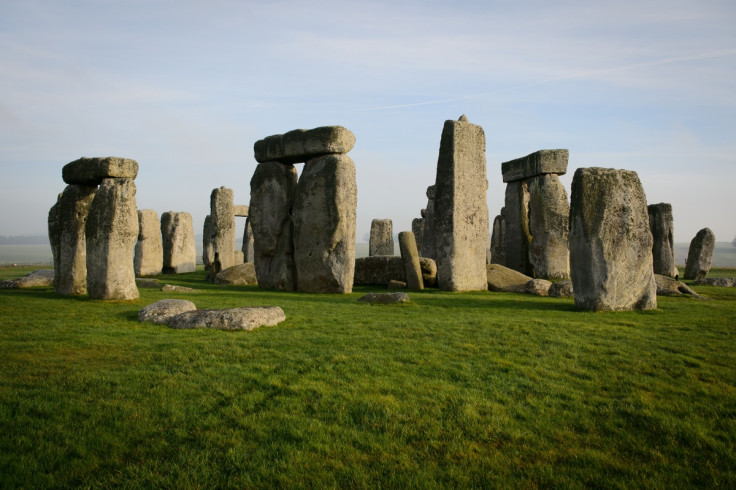Stonehenge: What we know the mysterious prehistoric monument and why it was built
Archaeologists are slowly piecing together the history of Stonehenge

The origin and purpose of Stonehenge, one of the world's most famous prehistoric monuments, is an enduring mystery. Research shows the massive stone monument on the chalky hills of the Salisbury Plain is part of a larger, complex landscape, with what is known as Stonehenge built between 4,000 and 5,000 years ago – but archaeologists are gradually uncovering more information about southern England's mystifying rocks.
Research published by the Guardian further supports the suggestion Stonehenge may have first been built in what is now Wales, where the monument is believed to have stood for 500 years before being "dismantled and dragged off" to Wiltshire. Archaeologists have discovered a series of holes in the rocky outcrops of Carn Goedog and Craig Rhos-y-felin in the Preseli Hills, Pembrokeshire, which match the rocks of Stonehenge, as well as a "loading bay" where the massive stones could be moved.
But what else do we know about the giant rock structure – and why it was built?
Stonehenge structure
Researchers suggest Salisbury Plain was a sacred site before Stonehenge was built. The area and monument constantly changed until construction decelerated around 4,000 years ago.
The first major construction at Stonehenge was a circular ditch built around 3,000 BC, with an internal bank and a smaller external bank. There were two original entrances to the enclosure – a wider one to the north-east and a smaller one on the southern side. Set inside the bank were 56 pits known as the Aubrey Holes. Around half were excavated in the 1920s and marked with white concrete circles.
Today, Stonehenge has an outer ring of 20- to 30-tonne sandstone blocks and an inner ring and horseshoe of three- to five-tonne volcanic bluestone blocks. The outer blocks, called the sarsen stones, likely originate from what is now the Marlborough Downs in England, about 20 miles north, where sandstone is a common material.
The bluestones, named after their bluish tinge, are understood to have originated from western Wales. Research is ongoing as to how the stones were physically moved the 140 miles from Wales, with some archaeologists suggesting giant ball bearings on tracks were used to shift the giant rocks. There has also been inconclusive research into whether the rocks were shifted by glacial movements in the last ice age.
Standing among the sarsens are the remains of the bluestone circle and inner oval. Today, some of the bluestones have fallen and others are just stumps – they seem to have been chipped and broken from an early date.

Purpose of Stonehenge
There are various theories as to why Stonehenge was constructed, ranging from aliens to an arena for prehistoric raves. In 2013, British archaeologists suggested the monument could have been a burial site for a community of elite families, after analysing the remains of 63 bodies around Stonehenge who were buried over a period of 200 years. The very earliest burials predate the monument in its current form.
Archaeologists have frequently linked Stonehenge to ancient astronomy. In the 1960s, British-born American astronomer Gerald Hawkins proposed the theory that Stonehenge was used to predict solar and lunar eclipses. Using early computer programmes, he found key points in the monuments complex correlated strongly with the rising and setting positions of the sun and moon.
Other research has suggested our ancestors visited Stonehenge to celebrate the winter solstice, an event which continues to be popular today. At midsummer, the sun rises over the horizon to the north-east, close to the Heel Stone. At midwinter, the sun sets in the south-west, in the gap between the two tallest trilithons, one of which has now fallen.
Although Stonehenge is now believed to predate the druids by hundreds of years, antiquary and writer John Aubrey proposed the monument was a druid temple in the 17th and 18th centuries. One new theory, released in 2012 by the Stonehenger Riverside Project, suggests the monument is the result of a "unification of Britain" when people across the UK worked together as a symbol of peace and unity.
© Copyright IBTimes 2025. All rights reserved.





















